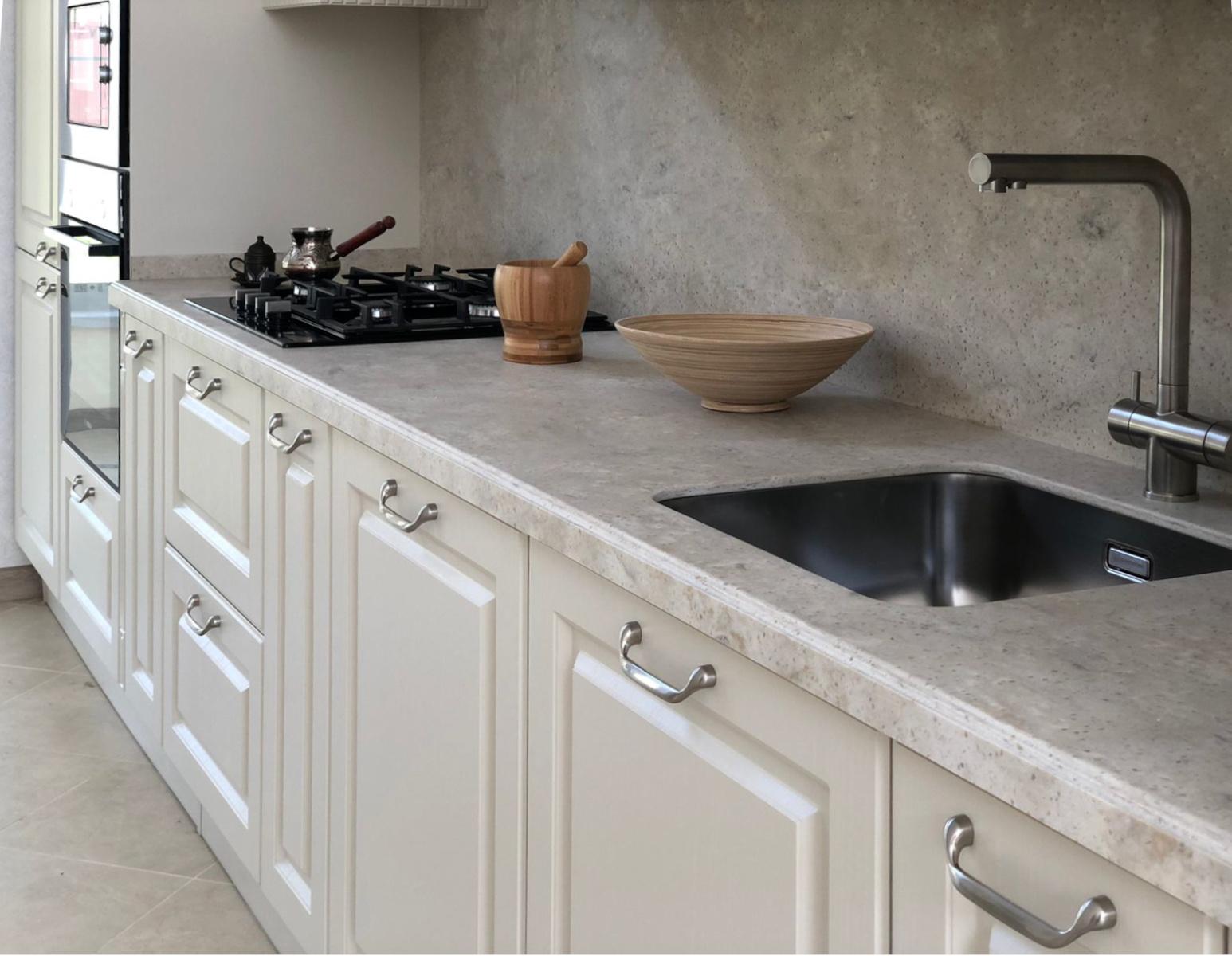
Crafting Exceptional Culinary Environments
The Importance of a Well-Designed Culinary Space
Creating an exceptional culinary environment is not merely about cooking good food. It involves the careful consideration of aesthetics, functionality, and atmosphere to enhance the overall dining experience. A well-designed culinary space can inspire chefs to produce their best work and provide customers with a setting that complements and elevates the taste of the cuisine. Whether it is a professional kitchen or a home dining area, the design must be conducive to workflow, social interaction, and the sensory appreciation of food.
Layout and Ergonomics: Key to a Functional Kitchen
When it comes to culinary spaces, the layout is everything. A good design promotes a natural flow of movement, minimizes unnecessary steps, and ensures that the most frequently used tools and ingredients are within easy reach. This ergonomic approach is crucial for professional kitchens where efficiency is synonymous with success. In residential settings, while the pressures might not be as intense, the principles of a functional layout still greatly contribute to a pleasurable cooking and dining experience.
The Role of Lighting and Color
Lighting and color play pivotal roles in crafting an exceptional culinary environment. The right lighting can influence mood, improve the visibility of preparation areas, and showcase the food's natural beauty. Task lighting is essential in the kitchen, while ambient lighting helps create the right atmosphere in the dining area. Color schemes also have a psychological impact — warm colors can stimulate appetite and create a cozy environment, while cool tones can evoke a sense of freshness and cleanliness.
High-Quality Materials and Equipment
The choice of materials and equipment significantly affects both the functionality and the aesthetic appeal of a culinary space. Durable, easy-to-clean surfaces such as stainless steel for countertops and professional-grade appliances can withstand the rigors of cooking, while also reflecting a commitment to quality. Investing in high-quality materials not only improves the longevity of the kitchen but also adds to the gourmet experience.
Embracing Technology for Modern Culinary Experiences
Technology has revolutionized the culinary world with innovative appliances and smart kitchen equipment. From induction cooktops to smart ovens that can be programmed and monitored via smartphone, technology can greatly enhance the cooking process. In culinary environments, embracing these tools can streamline operations, enable precision in cooking techniques, and offer convenience that both chefs and diners can appreciate.
Sensory Elements and Personal Touches
An exceptional culinary environment is not only seen but also felt, smelled, and heard. Incorporating sensory elements like background music, fresh herbs and flowers, or a display of beautiful ingredients can elevate the ambience of a space. Personal touches, whether it's family photos in a home kitchen or an open kitchen design that allows diners to observe chefs at work in a restaurant, create a memorable and welcoming atmosphere.
Conclusion: A Harmonious Blend for Culinary Excellence
Achieving an exceptional culinary environment requires a thoughtful blend of practical design, aesthetic harmony, and attention to sensory details. By combining these elements with high-quality materials and embracing technological advancements, you can create a space that is not only beautiful to look at but also a joy to cook and dine in. Whether for professionals or home enthusiasts, an optimally crafted culinary environment lays the foundation for culinary excellence and unforgettable dining experiences.